Every company strives to deliver exceptional customer experiences. However, customer expectations changed a lot in the last year and are constantly evolving. To meet customers where they are, you’ll want to have these customer experience trends on your radar.
The pandemic influenced many of these trends, and you can expect many to become permanent fixtures. Let’s look at the trends making an impact and how you can integrate them into your processes and communications.
1. Honesty, Transparency, and Visibility Are Nonnegotiable
Getting a customer to trust you is no easy feat. It takes time to build trust, and you must be consistent to maintain it. COVID-19 accelerated this trend, as customers craved transparency and visibility around how businesses responded to the pandemic.
Customers want to know about safety, hygiene, practices, and actions. No matter what business you’re in, your buyers want reassurance that they can trust you to serve them in the best way. While the health crisis is subsiding, customer feelings about honesty, transparency, and visibility won’t.
2. Convenient Interactions
Customers want options when it comes to contacting you. They need convenience in interactions and resolutions. That means omnichannel communication capabilities. They can call, email, or chat with your contact center agents. Thus, it’s imperative that you can integrate all these channels into one solution so that your employees can quickly address customer needs.
In addition, intelligent routing allows you to ensure that customers talk to the right agent and don’t get passed along or end up waiting in long queues. Having this type of contact center infrastructure enables you to serve customers quickly and more adeptly.
3. Prioritizing the Employee Experience
Engaged, happy employees deliver better service. That’s undeniable. If your customer-facing teams don’t feel valued, it will reflect in their interactions. Conversely, those that have support and believe their company cares for them will perform better.
How do you engage employees? It’s a lot of different things, from ensuring they have the right technology tools to developing a robust onboarding and training program to showing everyday appreciation.
When you invest in employees, they have more reasons to remain loyal and excel at their job. Considering the cost of turnover, it makes sense to prioritize your team members.
4. Data-Driven Decision-Making
Data is the fuel for every business initiative in the modern world. You can gather and analyze lots of data around customer experiences with the right tech stack. For example, contact center software offers insights on queue performance, call volume, team activity, like time on calls and issue resolution, and more KPIs (key performance indicators).
With this information, you can find themes and patterns that may result in follow-up training, process changes, or new workflows. That improves the customer experience and supports your employees.
The more data you have, the better your decision-making. You aren’t guessing about what frustrates customers or causes negative experiences. You have the map and can then connect the dots to reduce friction.
5. Contactless and Self-Service Options Are Here to Say
Whether on-site or online, customers are okay with doing it themselves. This customer experience trend isn’t new, but the pandemic did boost its adoption. Now that customers changed their buying behaviors, they aren’t likely to fall back into old habits.
If you want to keep up with customer expectations, then you need to embrace contactless and self-service. However, that doesn’t mean human interaction no longer matters. It’s just that customers may not choose this course unless they need to escalate. Keep this in mind that when self-service goes wrong, your customer service folks need to be responsive.
6. Personalization Matters
Customer service once meant that a business knew your name and your story. Of course, it was easier decades ago when there was economic segmentation and localization. Now, it’s a global world, but that doesn’t mean you can’t know your customer.
One of the best modern examples of this is when customers contact you, and your agents have access to their history. That’s easily achievable when your contact center software integrates with your CRM (customer relationship manager). Agents can quickly get up to speed so that customers don’t have to repeat themselves. Additionally, there are software features that allow customers to connect back with their initial agent.
7. Relationships Over Transactions
The last 2021 customer experience trend is one that matters the most. Engineering your customer experience playbook to emphasize relationships over transactions is critical. In some ways, you may look at these interactions as transactions, worrying about the time it takes and the haste in correcting issues. That’s important, but having a strategic approach to relationship-building is imperative to be successful.
You can build relationships by being responsive, empathetic, consistent, and trustworthy. Every action, initiative, or plan needs to be rooted in these attributes. Cultivate these relationships by delivering convenience, personalization, and options.
Capitalizing on the Customer Experience Trends: Why Technology Matters
In most of these trends, technology is a key component. Different platforms can help you capitalize on them. One of the most important is contact center software. Having a flexible, feature-rich solution provides your staff with a vehicle to optimize every customer experience.
Contact NTELogic today to learn more about how our contact center platform can support your journey to create exceptional customer experiences every day.


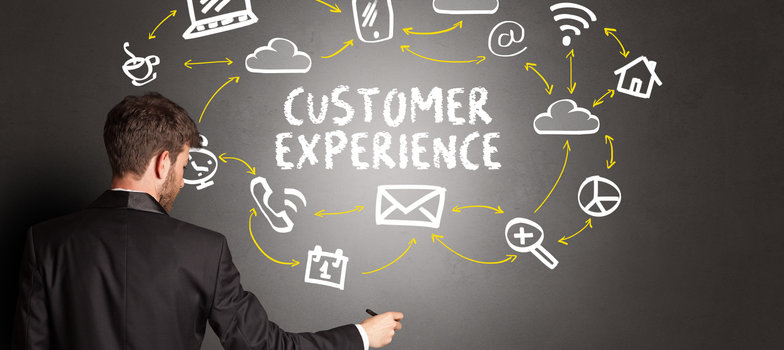

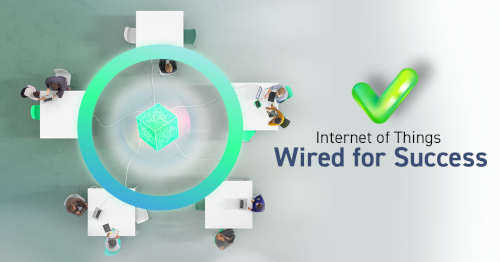




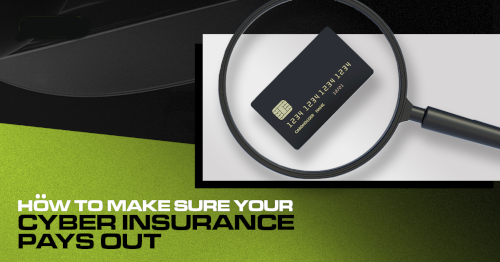
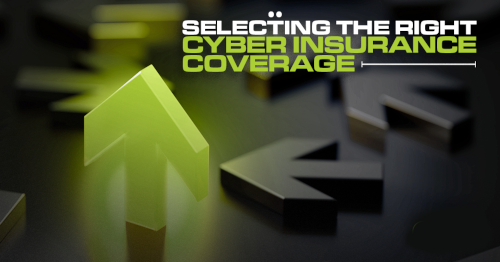

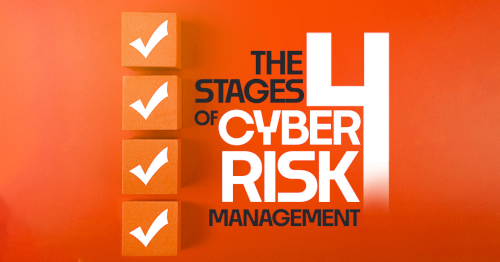

No Comments